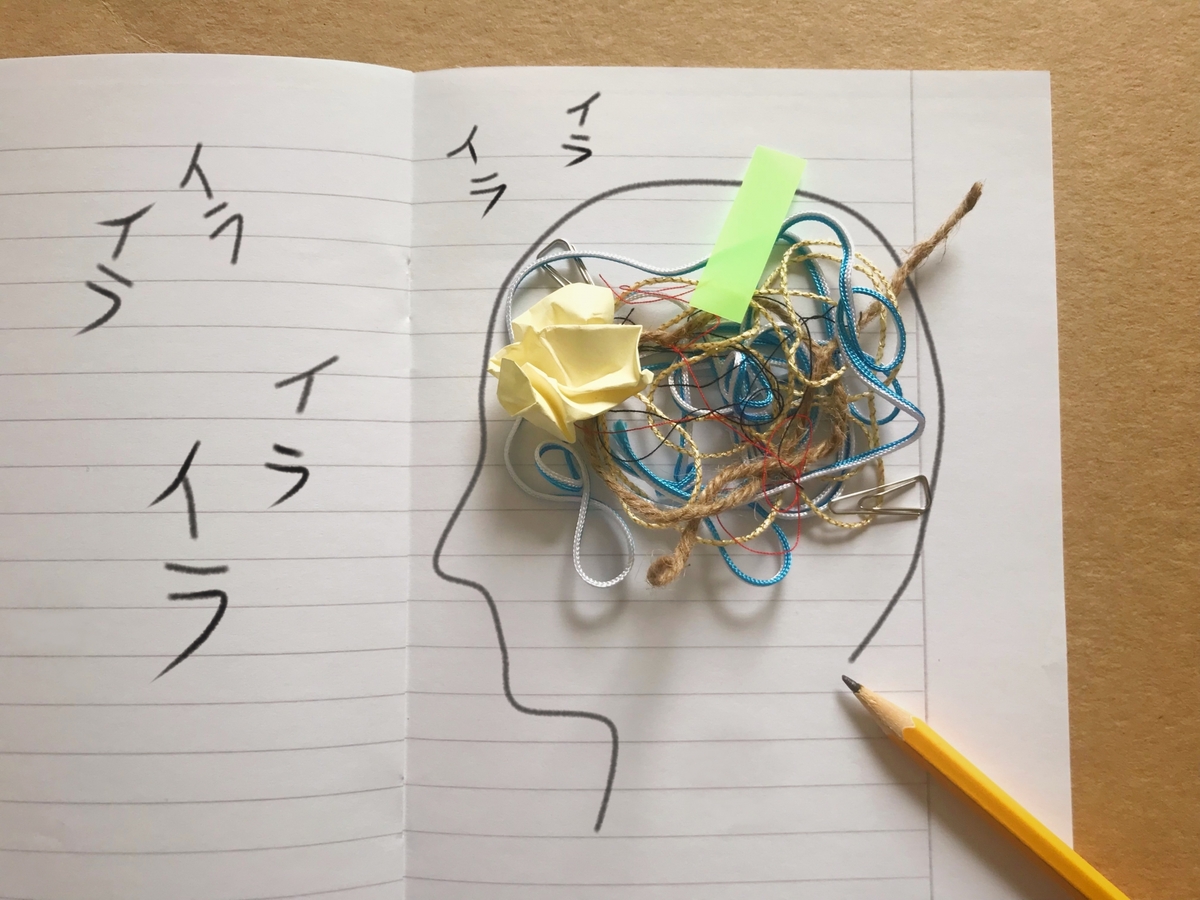Detailed Explanation of Higher Brain Function Disorders: From Symptoms to Treatment
The Reality of Advanced Brain Function and Disorders
Concept of Higher Brain Functions
Higher brain functions refer to advanced cognitive functions such as “paying attention,” “remembering,” “planning,” and “judging.” A condition where these functions are impaired due to specific diseases or trauma is defined as higher brain function disorders.
The Characteristics of an ‘Invisible Disability’
Higher brain function disorders are often difficult to identify visually, and patients may not be aware of their symptoms. Issues often become apparent when returning to work or school, highlighting these hidden characteristics and leading to them often being referred to as “invisible disabilities.”
Real-Life Cases
For example, consider the case of Mr. A, 45 years old, who suffered from subarachnoid hemorrhage. Upon returning to work, he struggled with memory disorders and executive function disorders. He also exhibited social behavioral disorders, such as becoming easily angered, which were confirmed to be caused by higher brain function disorders.
Causes of Higher Brain Function Disorders
Common Causes and Their Backgrounds
The most common causes of these disorders are strokes, specifically cerebral infarction, cerebral hemorrhage, and subarachnoid hemorrhage. Other known causes include traumatic brain injury, hypoxic brain injury, brain tumors, and encephalitis.
Characteristics and Diversity of Symptoms
Main Symptoms
Symptoms associated with higher brain function disorders vary depending on the location of the damage and the cause. If the frontal lobes of the brain are damaged, the following symptoms are prominent:
- Attention disorders: Easily distracted by trivial daily matters, forgetting to turn off appliances, etc.
- Memory disorders: Forgetting appointments, unable to recall recent events, etc.
- Executive function disorders: Unable to plan and organize work or household tasks, difficulty in managing schedules, etc.
- Social behavioral disorders: Prone to anger, inability to understand others’ feelings. These symptoms often cause interpersonal issues and, in severe cases, may lead to depression or social withdrawal.
Higher brain function disorders are often recognized as “invisible disabilities.” However, their impact on daily and social life is profound. Early recognition and appropriate support are crucial. Understanding the disorder and appropriate responses can significantly improve patients’ quality of life.




